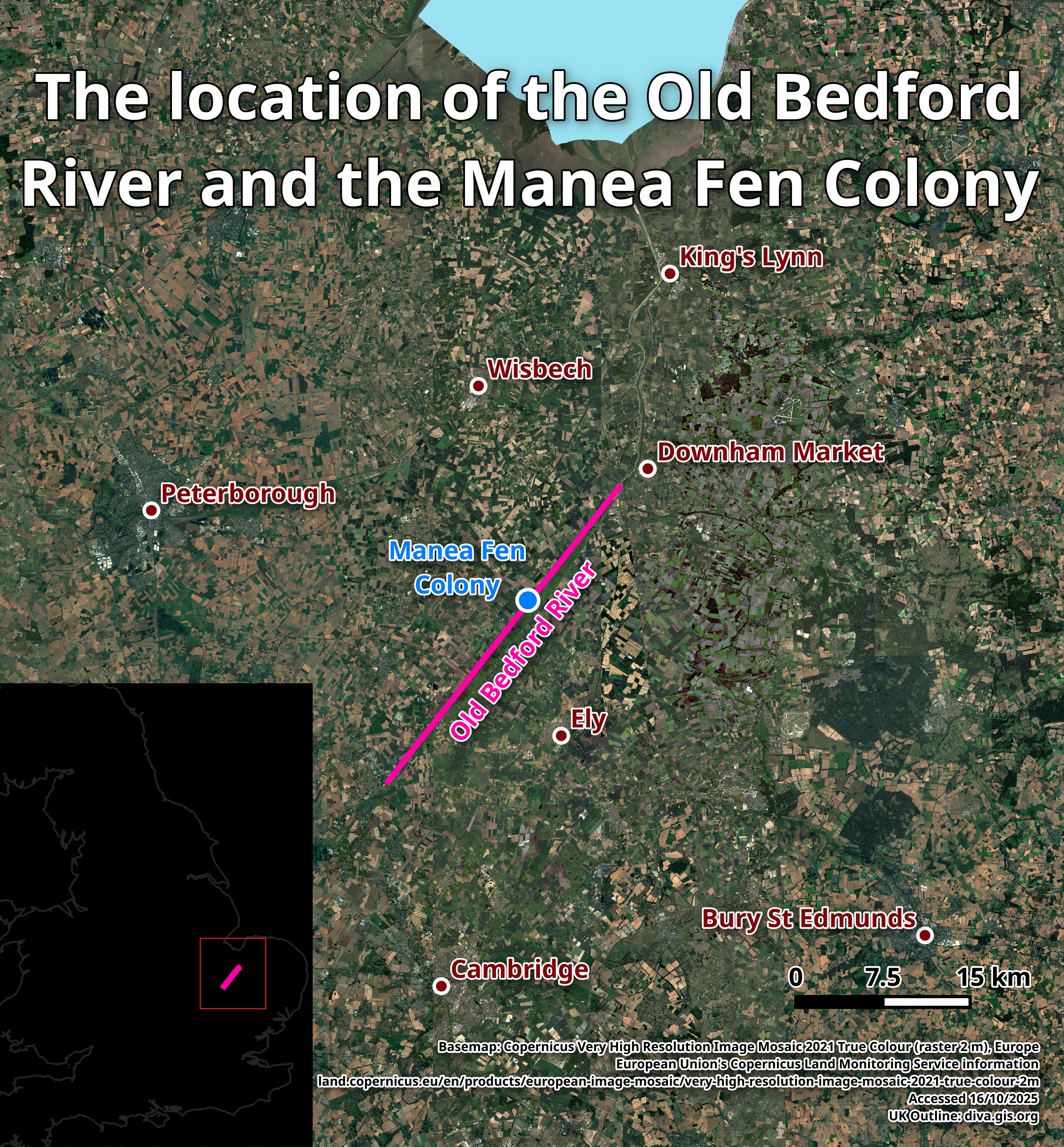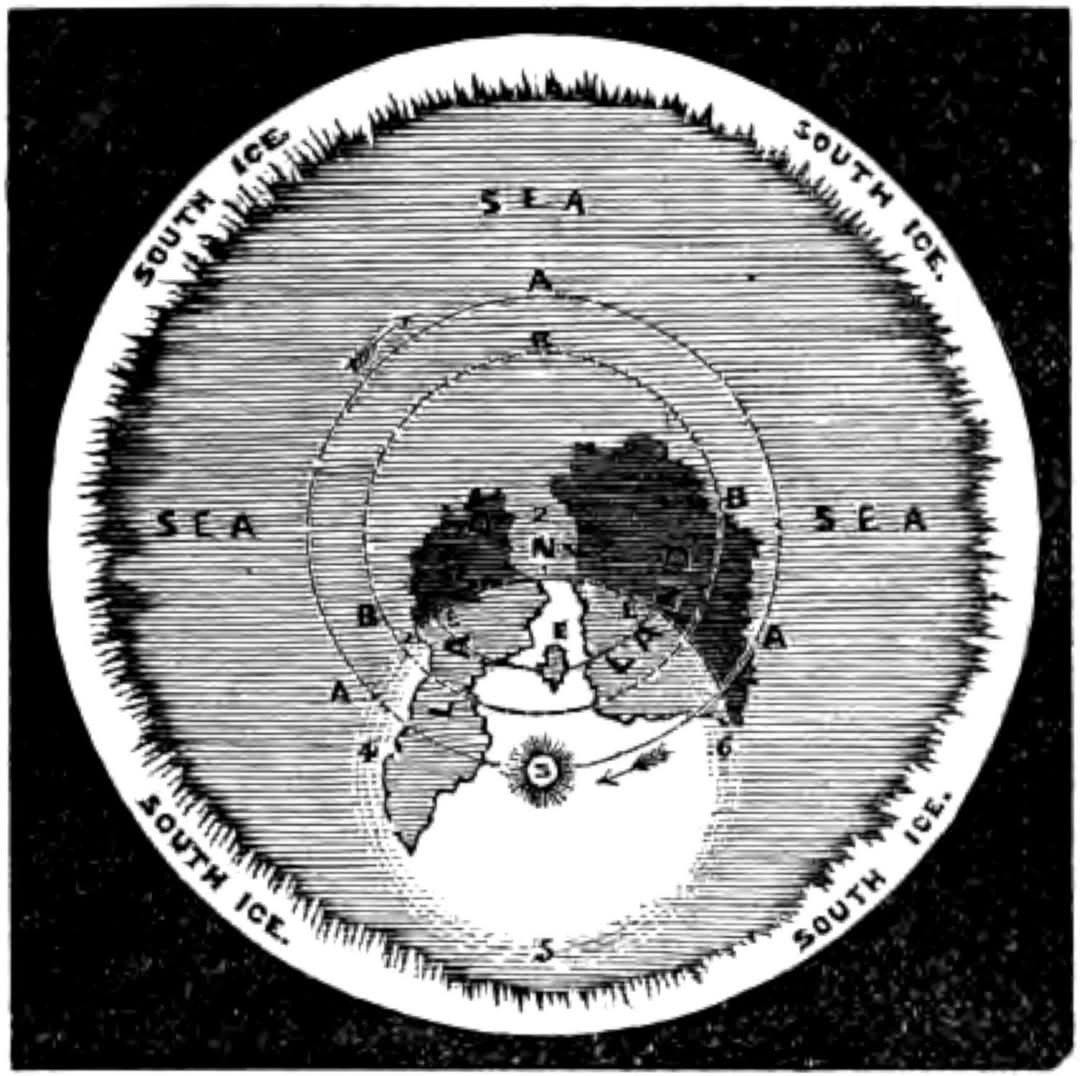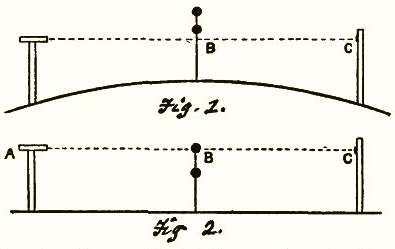Series 1: The Flat-Earth Incident
Part 1
At a socialist commune in East Anglia, Samuel Rowbotham takes advantage of the fenland landscape to develop an outlandish cosmological theory.
Part 1
At a socialist commune in East Anglia, Samuel Rowbotham takes advantage of the fenland landscape to develop an outlandish cosmological theory.
Part 2
Two flat earthers inspired by Samuel Rowbotham enter into a bizarre wager with an eminent naturalist.
Part 2
Two flat earthers inspired by Samuel Rowbotham enter into a bizarre wager with an eminent naturalist.
Part 3
Arguments over the result of the wager between John Hampden and Alfred Russel Wallace descend into a campaign of lawsuits and hate mail.
Part 3
Arguments over the result of the wager between John Hampden and Alfred Russel Wallace descend into a campaign of lawsuits and hate mail.
Images

The location of the Old Bedford River, the extremely straight canal in the Fens where Samuel Rowbotham purportedly demonstrated the flatness of the Earth, and where the Hampden-Wallace wager took place.

Parallax (1865). Zetetic Astronomy. Earth Not A Globe!. London: Simpkin, Marshall and Co. (p. 78). Pdf available from the Internet Archive
Samuel Rowbotham's understanding of the Earth, as shown in his 1865 Pamphlet "Zetetic Astronomy: Earth Not A Globe!", with the continents arranged radially around the North Pole at the centre, and a wall of ice surrounding the Edge. The Sun moves in circular path above the Earth, with the diameter of the circle becoming smaller in the Northern Hemisphere's summer and larger in the Northern Hemisphere's winter, to cause seasonal variations in temperature and day length.

Wallace, A.R. (1905). My Life: A Record of Events and Opinions. London: Chapman and Hall. (vol. II, p. 366). Full text available from darwin-online.org.uk
A diagram from A.R. Wallace's autobiography, showing the layout of the experiment performed by A.R. Wallace and John Hampden on the Old Bedford River, to test whether or not the surface of Earth is curved. Fig. 1 shows the expected result on a round Earth, with the central markers (B) appearing above the line of sight from the parapet of Welney Bridge (A) to the marker on the Old Bedford Bridge (C), and Fig. 2 shows the expected result on a flat Earth, with the top marker level with the line of sight.

Wallace, A.R. (1905). My Life: A Record of Events and Opinions. London: Chapman and Hall. (vol. II, p. 367). Full text available from darwin-online.org.uk
A sketch by Wallace's referee, Martin Coulcher, published in The Field, and reproduced in Wallace's autobiography, showing the central marker and the Old Bedford Bridge, as seen by Wallace, Coulcher, Hampden and Carpenter. The upper marker appears well above the marker on the bridge at the same height, and the same height as the observers, consistent with a curved Earth. William Carpenter, Hampden's referee, signed the sketch to confirm its correctness, and reproduced it in his own pamphlet, claiming it in fact demonstrated Earth was flat.